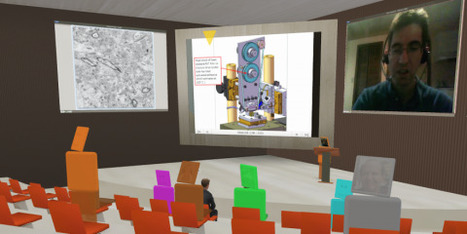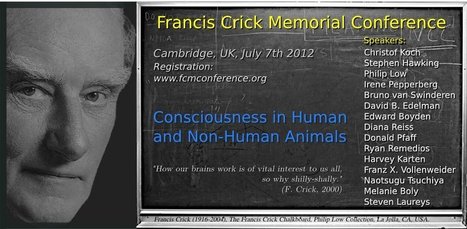Dr. Theodore Berger's research is currently focused primarily on the hippocampus, a neural system essential for learning and memory functions.
Theodore Berger leads a multi-disciplinary collaboration with Drs. Marmarelis, Song, Granacki, Heck, and Liu at the University of Southern California, Dr. Cheung at City University of Hong Kong, Drs. Hampson and Deadwyler at Wake Forest University, and Dr. Gerhardt at the University of Kentucky, that is developing a microchip-based neural prosthesis for the hippocampus, a region of the brain responsible for long-term memory. Damage to the hippocampus is frequently associated with epilepsy, stroke, and dementia (Alzheimer's disease), and is considered to underlie the memory deficits characteristic of these neurological conditions.
The essential goals of Dr. Berger's multi-laboratory effort include: (1) experimental study of neuron and neural network function during memory formation -- how does the hippocampus encode information?, (2) formulation of biologically realistic models of neural system dynamics -- can that encoding process be described mathematically to realize a predictive model of how the hippocampus responds to any event?, (3) microchip implementation of neural system models -- can the mathematical model be realized as a set of electronic circuits to achieve parallel processing, rapid computational speed, and miniaturization?, and (4) creation of conformal neuron-electrode interfaces -- can cytoarchitectonic-appropriate multi-electrode arrays be created to optimize bi-directional communication with the brain? By integrating solutions to these component problems, the team is realizing a biomimetic model of hippocampal nonlinear dynamics that can perform the same function as part of the hippocampus.



 Your new post is loading...
Your new post is loading...








